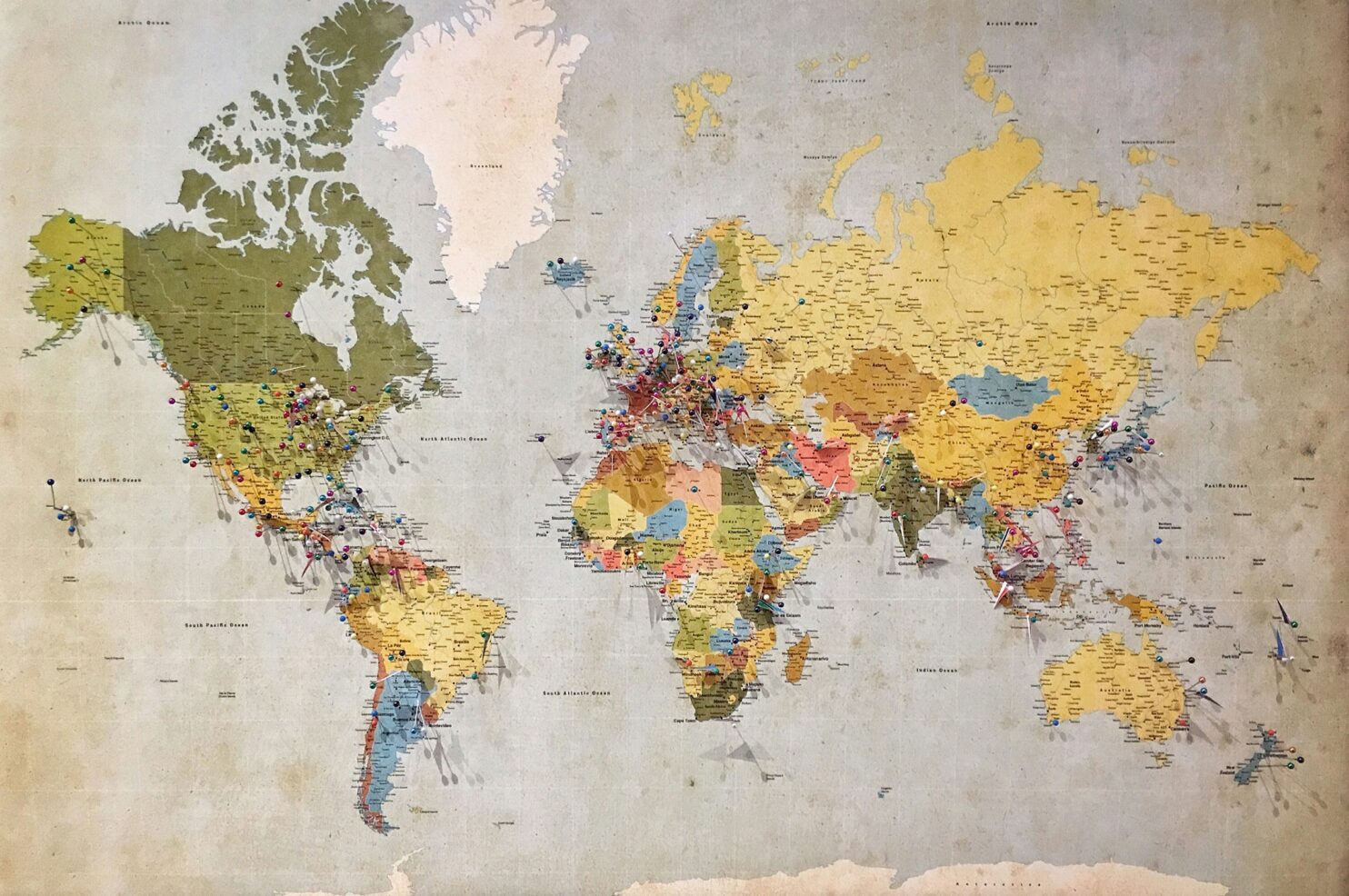The Impact of New US Tariffs on Global Supply Chains
The introduction of new tariffs by the Biden administration has added another layer of complexity to an already tumultuous global supply chain landscape. According to Bret Schnitker, with “an additional $18 billion in tariffs on goods like EVs, batteries, steel, critical minerals, and semiconductors,” The ripples are far-reaching. Despite these tariffs not directly impacting the apparel industry, their effect is already felt.
Bret articulated, “The Chinese, knowing these tariffs are coming into place, have started to take all the goods that are in production and move them as quickly as they can onto every available container and ship.” This rush to beat the tariffs has led to significant congestion in ports like Singapore, which typically handles “around 600 vessels a day,” but is now seeing an excess of “over 100 vessels a day.”
Even though this surge in shipping impacts diverse sectors from electronics to raw materials, its broader implications affect everyone. Increased logistic costs inevitably trickle down to consumers, and businesses need to prepare for these disruptions. As Bret pointed out, “Ultimately, it’s the consumer that’s buying from small businesses,” paying the price for these geopolitical decisions.
Currency Shifts and the End of the Petro Dollar Deal
 Another critical issue raised during the livestream is the expiration of the 50-year petro dollar deal between the US and Saudi Arabia, a significant event that could shake global economic dynamics. Emily Lane highlighted the magnitude of this shift, emphasizing that this deal “helped establish and reinforce that the world used US dollars because everyone needs oil.”
Another critical issue raised during the livestream is the expiration of the 50-year petro dollar deal between the US and Saudi Arabia, a significant event that could shake global economic dynamics. Emily Lane highlighted the magnitude of this shift, emphasizing that this deal “helped establish and reinforce that the world used US dollars because everyone needs oil.”
With the petro dollar deal concluding, Bret expressed substantial concern about the future stability of the US dollar. “After 50 years, the Saudis are now going to allow any currency to be bought in oil,” he stated, adding that this could lead to “a large decrease in the value of the US dollar worldwide.” As many international transactions in the apparel industry are conducted in US dollars, a weakened dollar could mean higher costs for importers and, by extension, higher prices for consumers.
This currency shift may result in manufacturers and brands needing to renegotiate terms with suppliers or pass costs onto consumers, adding another complicated layer to global trade relationships. Businesses that rely heavily on foreign trade must closely monitor these economic changes to navigate the potential impacts effectively.
Natural Disruptions and Their Effect on Global Trade Routes
Beyond geopolitical and economic factors, natural events pose another significant challenge to supply chains. The recent El Nino conditions have severely affected the Panama Canal, a vital global trade route. “El Nino had a very, very tough effect on the Panama Canal with drought conditions,” Bret noted, explaining that the canal’s capacity dropped from its usual “38 ships per day to 24 ships.”
While La Nina may bring wetter conditions that could help mitigate these effects, the current disruptions add to an already strained logistics environment. Given that nations such as the US rely on the canal for substantial portions of their imports and exports, these slowdowns create a cascade of delays and increased costs.
Businesses need to adapt to these circumstances by enhancing their logistical strategies, perhaps finding alternative routes or modes of transport. Awareness and preparation can help organizations weather these disruptions more effectively, ensuring they continue to meet consumer demand despite these unforeseen challenges.
Synthesizing the Implications of Supply Chain Disruptions
 These intertwined challenges of tariffs, economic shifts, and natural events necessitate comprehensive strategic planning for businesses engaged in global trade. Bret succinctly put it: “Forewarned is forearmed.” Awareness of these potential disruptions enables businesses to prepare more effectively, ensuring they maintain an agile approach in their logistics and supply chain management.
These intertwined challenges of tariffs, economic shifts, and natural events necessitate comprehensive strategic planning for businesses engaged in global trade. Bret succinctly put it: “Forewarned is forearmed.” Awareness of these potential disruptions enables businesses to prepare more effectively, ensuring they maintain an agile approach in their logistics and supply chain management.
The apparel industry, heavily reliant on global trade, must rethink its strategies to remain resilient. “The risk you have there is these things that come up, best laid plans kind of thing,” Bret remarked, suggesting that industries might benefit more from a “slow fashion” approach. This strategy not only caters to increasing sustainable practices but also mitigates risks associated with fast-moving supply chains.
In the face of these disruptive forces, businesses must prioritize mitigation strategies that account for delays, cost increases, and logistical constraints. Proper planning can help absorb these impacts, ensuring smoother operations and sustained market competitiveness despite the intricate challenges besetting the global supply chain.
By structurally reorganizing and preparing for these disruptions, the apparel industry can navigate through these turbulent times more effectively. The insights shared by Emily Lane and Bret Schnitker offer valuable guidance for those looking to understand and adapt to the evolving complexities of global trade.
Listen to our live stream from Clothing Coulture about this topic here:
 About Stars Design Group: Founded by industry experts, Stars Design Group global fashion design and production house that helps clients bring their apparel to market. We consult, design, and facilitate production and delivery.
About Stars Design Group: Founded by industry experts, Stars Design Group global fashion design and production house that helps clients bring their apparel to market. We consult, design, and facilitate production and delivery.
Understanding that the apparel industry is about evolution and not revolution, we continue to refine the way the industry does business. Embracing the latest 3D design and development software, we help to refine the design and approval process in a digital landscape, paving the way for rapid decisions and execution of programs while reducing mistakes, improving fit, minimizing returns, and increasing profit margins.
With a network of 67 factories in 14 countries worldwide, our relationships are generations deep. Being diverse in our manufacturing locations, we are nimble in an ever-evolving landscape and provide ethically manufactured apparel and accessories.

